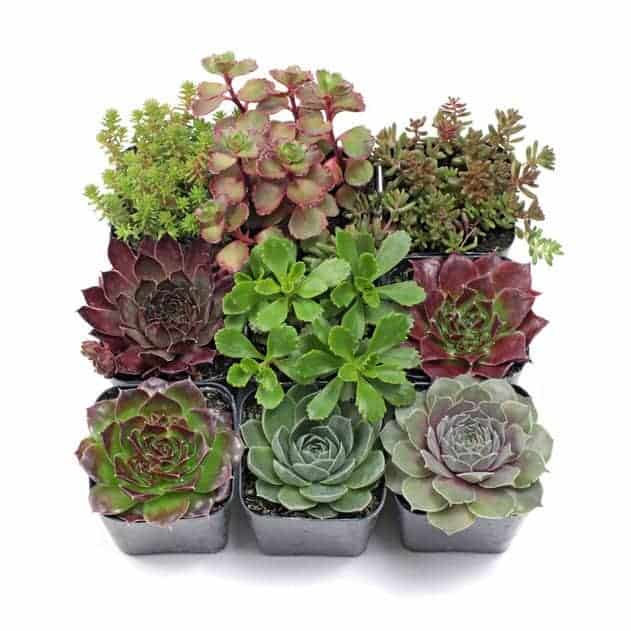Everyone knows that succulents are drought-loving plants that look great in any setting. Succulent care isn’t particularly complicated either, so you probably know a lot about these interesting plants. Whether you are an experienced gardener or have just purchased your first succulent, you may be surprised to learn something new about succulents and cacti.
Jump to:
- 1. Succulents Exist in Many Colors
- 2. Succulents Can Grow on Vertical Surfaces
- 3. There Are Over 10,000 Species of Succulents in the World
- 4. Succulents Exist in Many Different Sizes
- 5. Succulents Have Many Uses
- 6. Succulents Have Natural Sun Protection
- 7. Succulents Can Disguise Themselves
- 8. The Area with the Most Native Succulents is Southern Africa
- 9. Some Succulents Can Survive Freezing Temperatures
- 10. Succulents Are Symbolic
1. Succulents Exist in Many Colors
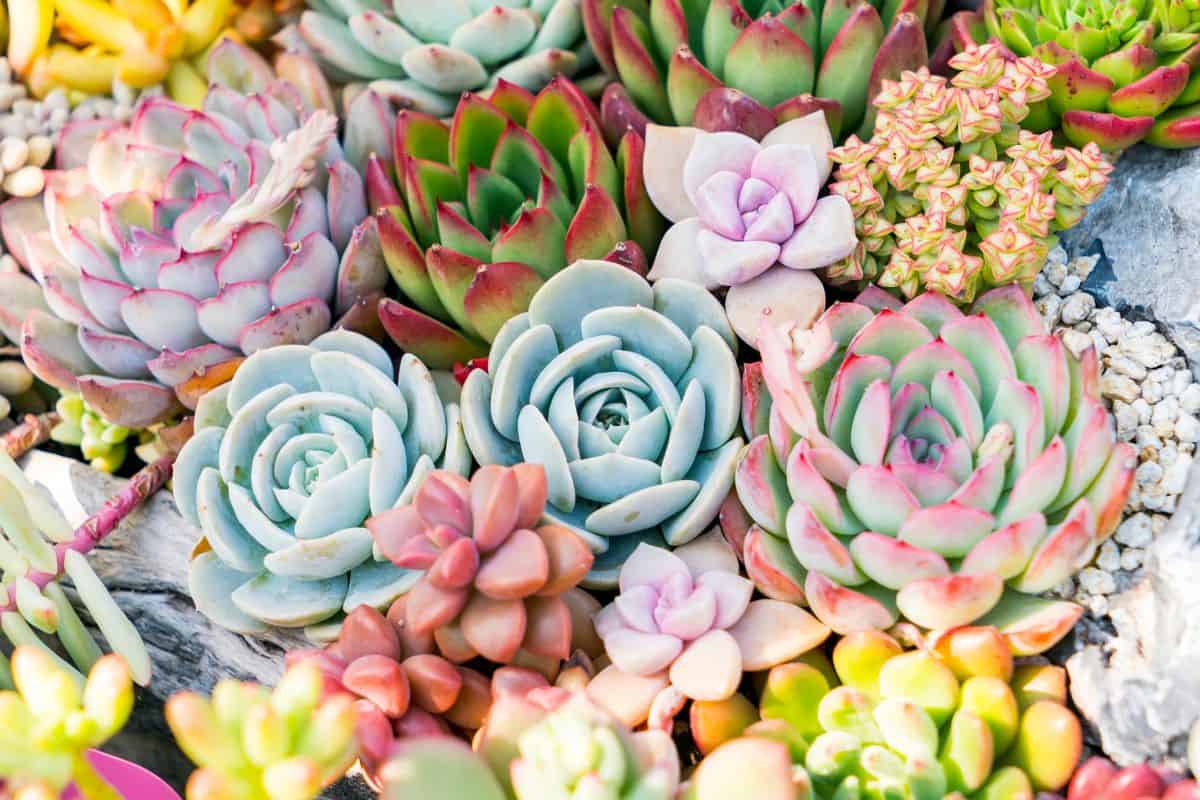
When you think of succulents, you probably picture them in different shades of green. However, you can actually find succulents in nearly every color of the rainbow. They come in blue, purple, pink, white, orange, red, and even black.
Seriously, click some of those links. The variety is incredible.
Some succulents even change color according to the season or the amount of sunlight they receive every day. It’s not uncommon for succulents to display their most vibrant colors after they’ve experienced a period of stress.
See Related Reading: Ruby Plants Nursery - Interview
2. Succulents Can Grow on Vertical Surfaces
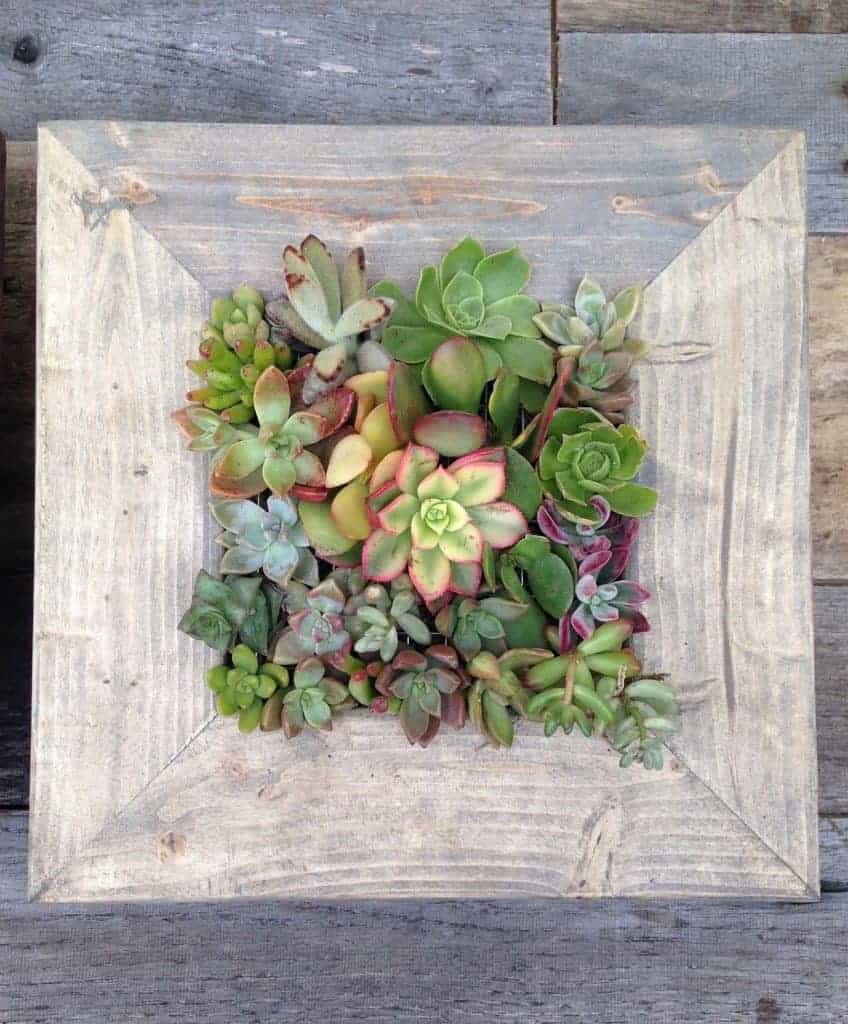
If you’re tired of regular, horizontal gardening, try planting your succulents on a vertical surface! Living walls are becoming more popular as gardeners use their creativity to explore new ways of displaying their favorite succulents. They look great both indoors and out, and can even be moved around if you need your plants from frigid weather.
Succulents are ideal for vertical spaces because of their slow-growing nature and preference for infrequent watering. They can be planted closely together, which will limit their capacity for growth, but the roots will create a strong foundation to help keep your vertical garden in place.
See Also: Jade Plant Care
3. There Are Over 10,000 Species of Succulents in the World
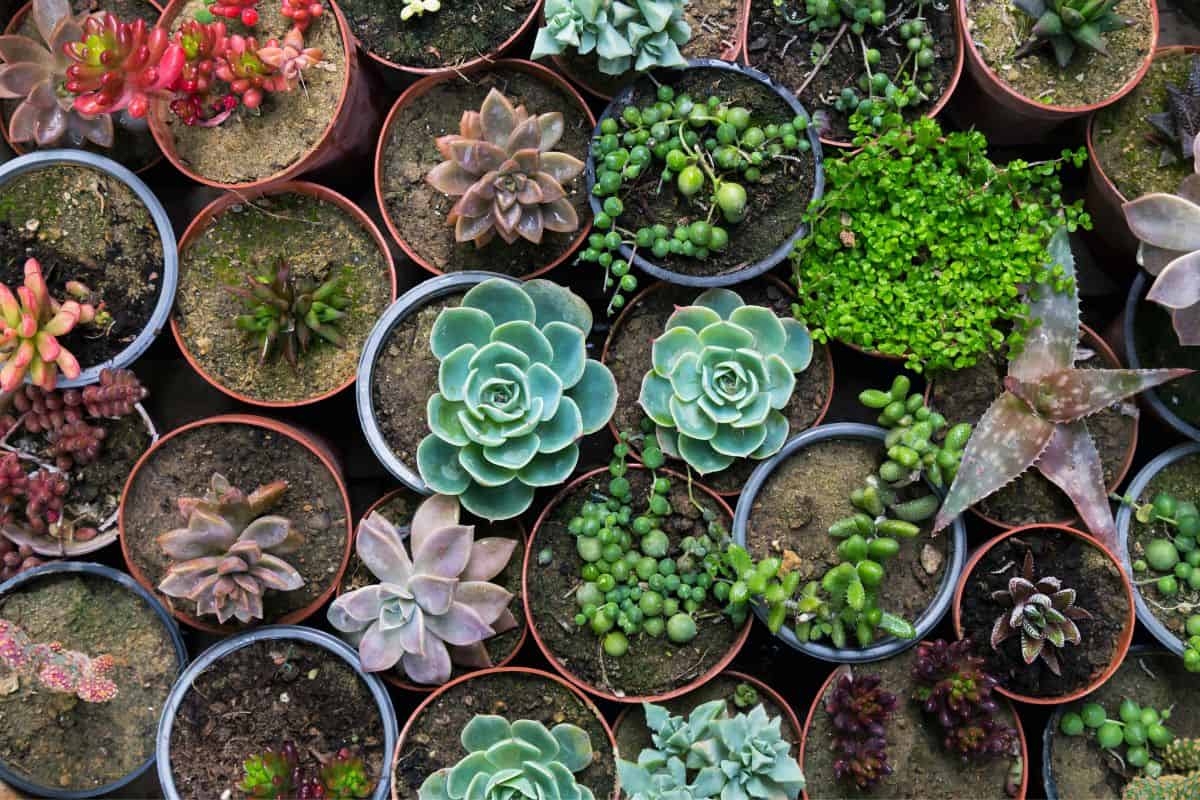
Visiting your local gardening center and trying to choose just one succulent can seem like an impossible task when you have so many choices. However, the number of varieties offered by your local nursery pales in comparison to the number of succulent species worldwide.
No products found.
There are over 10,000 species of succulents worldwide, but only about 2,000 of them are considered cacti. Most cacti species can be found in North and South America. The only exceptions are members of the Rhipsalis genus, which can be found in southern and western Africa, as well as Sri Lanka.
4. Succulents Exist in Many Different Sizes

One of the greatest features of succulents is the huge variety. You can find succulents of all shapes and colors. If you have a specific project in mind, or simply want to spice up your garden, Mother Nature has you covered. The diversity of succulents doesn’t stop there, however. From teeny tiny plants to giant trees, the range of succulent sizes is impressive.
The largest succulent in the world is the Baobab Tree of Africa. The trunk, or main stem, of the plant can reach up to 92 feet in girth and reach heights of around 82 feet. It’s found in southern Africa in areas with hot, dry weather and well-draining soil. The smallest cacti in the world is Blossfeldia liliputana, which measures about a half-inch in diameter at maturity. It is native to South America, specifically Bolivia and Argentina.
See Also: Planet Desert Online Succulent and Cactus Store Review
5. Succulents Have Many Uses
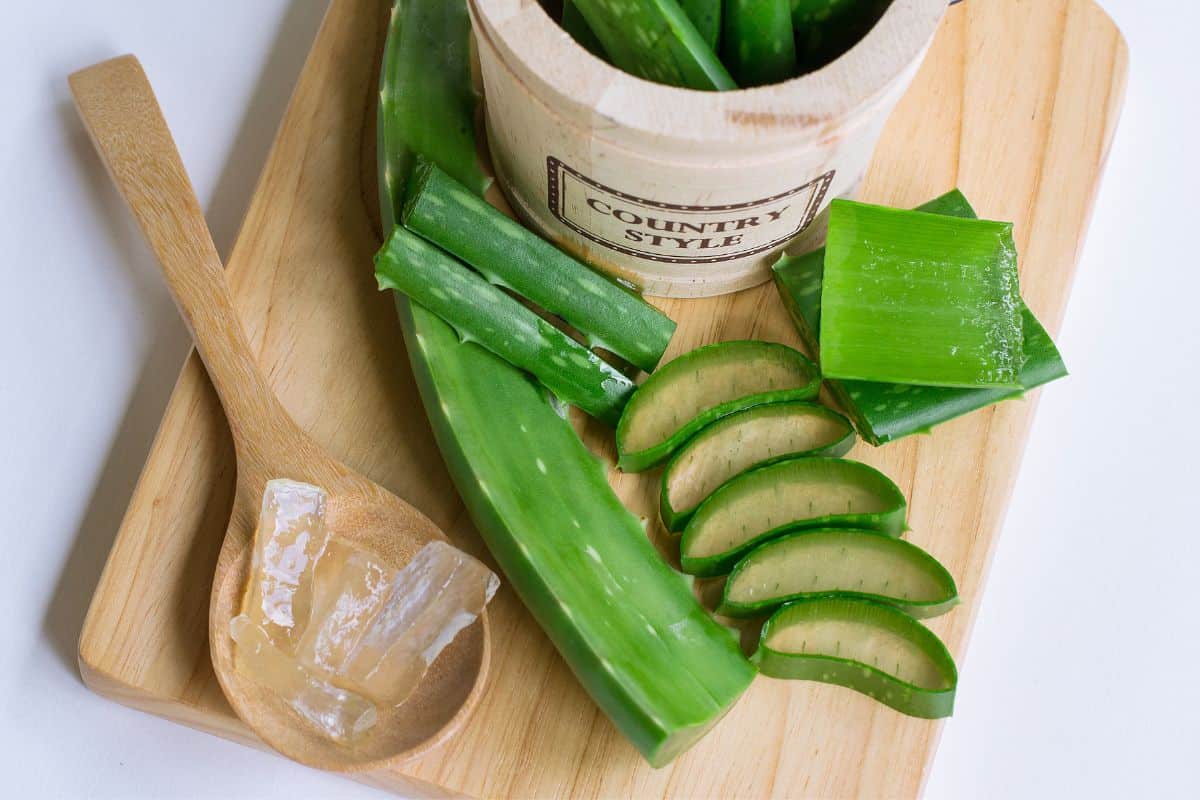
Although succulents do make beautiful additions to any garden or interior design, they can also be used to make a variety of products. The gel from within the leaves of Aloe are used in a variety of skin and beauty products. Aloe is known for its soothing and healing properties, especially when used on burns.
Agave can be used to produce everything from alcoholic beverages to rugs and rope. The liquid extracted from Agave tequilana is used in the fermentation of tequila. The stiff, durable fibers from the leaves of Agave sisalana are traditionally used to produce rope and twine. Nowadays, the fibers are also used to make everything from rugs and cloth to footwear and hats.
Heck, you can even eat some succulents directly! Ever had dragonfruit? Nopales? Purslane? Check out these edible succulents!
6. Succulents Have Natural Sun Protection
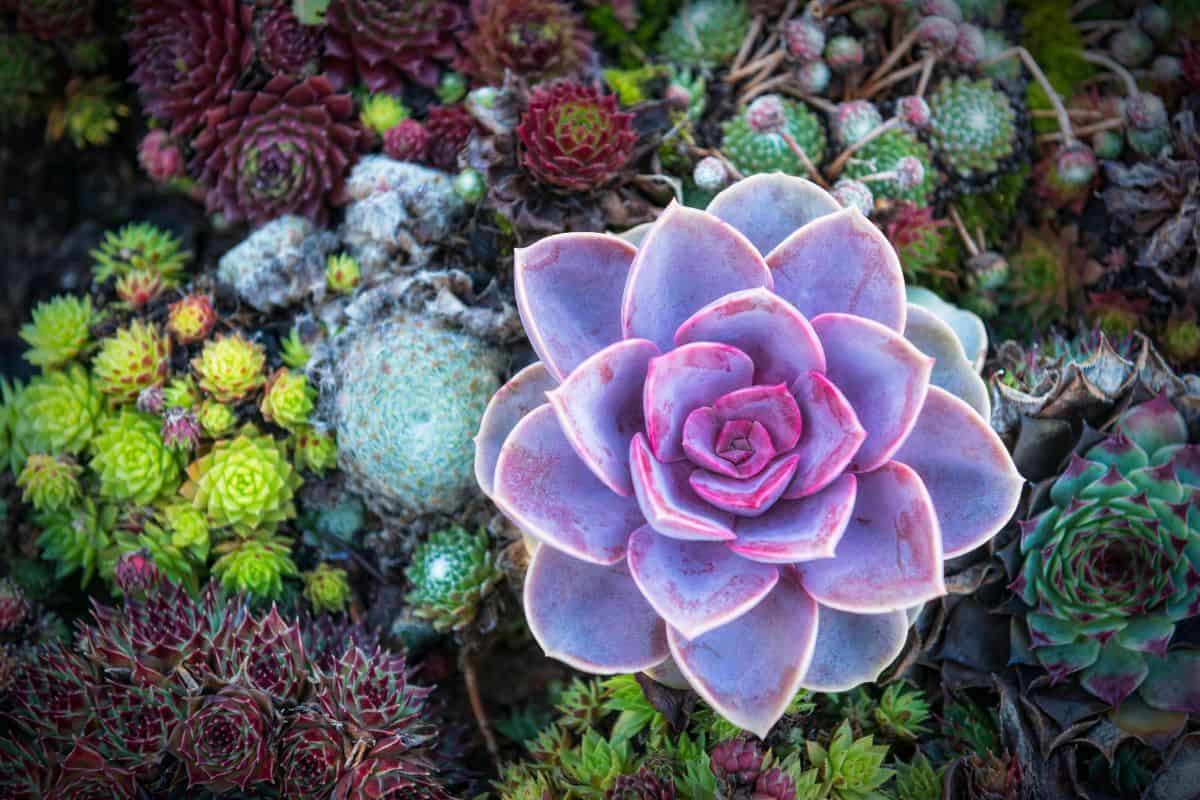
You may have noticed that some of your succulents have a waxy, almost dust-like coating on their leaves. This coating is called epicuticular wax, or farina. Think of it as nature’s sunscreen. The waxy film protects succulents from the sun’s harsh rays and can help keep the leaves from burning if they get too much light.
Be careful when handling plants with farina, as you can easily wipe the coating off. Epicuticular wax will not grow back quickly if at all, so if you accidentally remove it you may risk permanently damaging your plant.
Read Also: Succulent Gardens Online Succulent Nursery Review
https://www.instagram.com/p/BoM0n3BgQZk/?utm_source=ig_web_button_share_sheet
7. Succulents Can Disguise Themselves
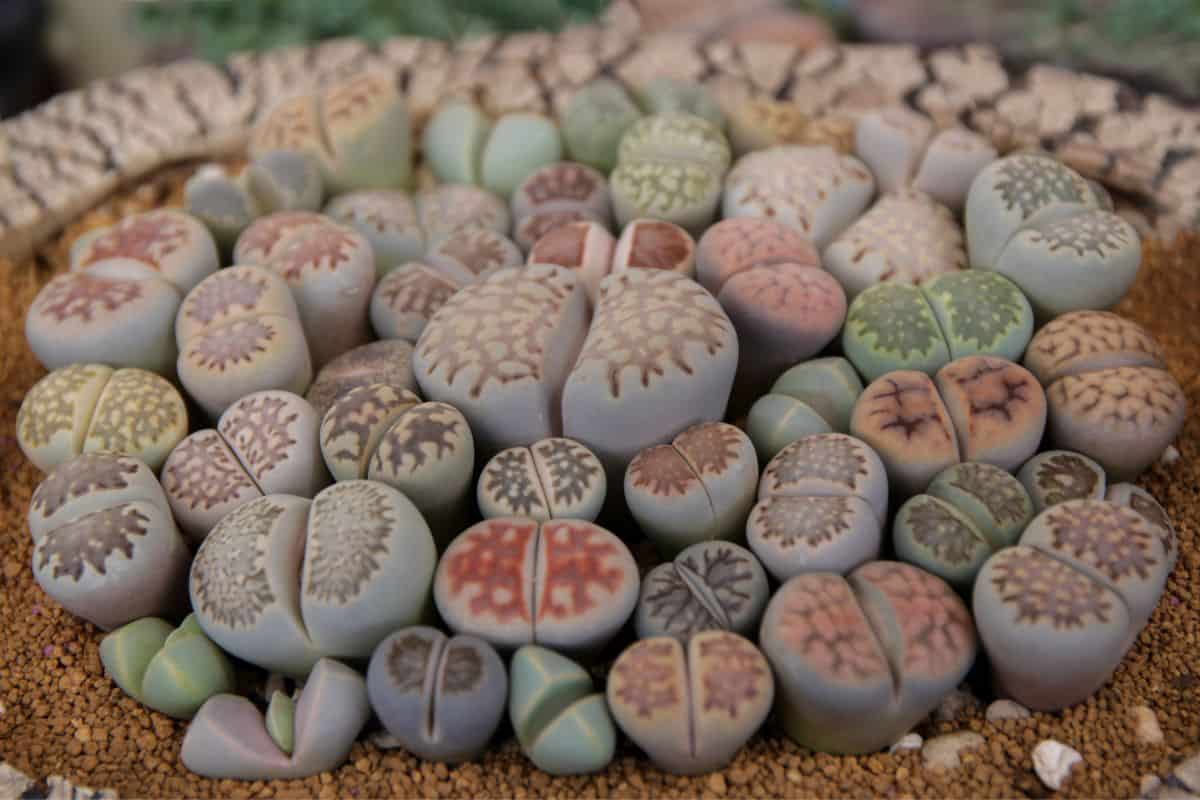
For animals living in a desert climate, a water-filled succulent might seem like a refreshing snack, but several types of succulents have evolved to disguise themselves as less delicious things such. While some succulents, such as cacti, choose to protect themselves with sharp spines, many other species choose to hide in plain sight instead.
Lithops are sometimes referred to as Living Stones because of how closely they resemble stones. This disguise helps protect them from bird and animals who might otherwise try a bite. Native to South Africa, Avonia papyracea has often been compared in appearance to bird droppings. Since bird droppings aren’t exactly appealing, most potential predators would keep searching for a more delicious meal.
Check Also: Rose Succulent Care
8. The Area with the Most Native Succulents is Southern Africa
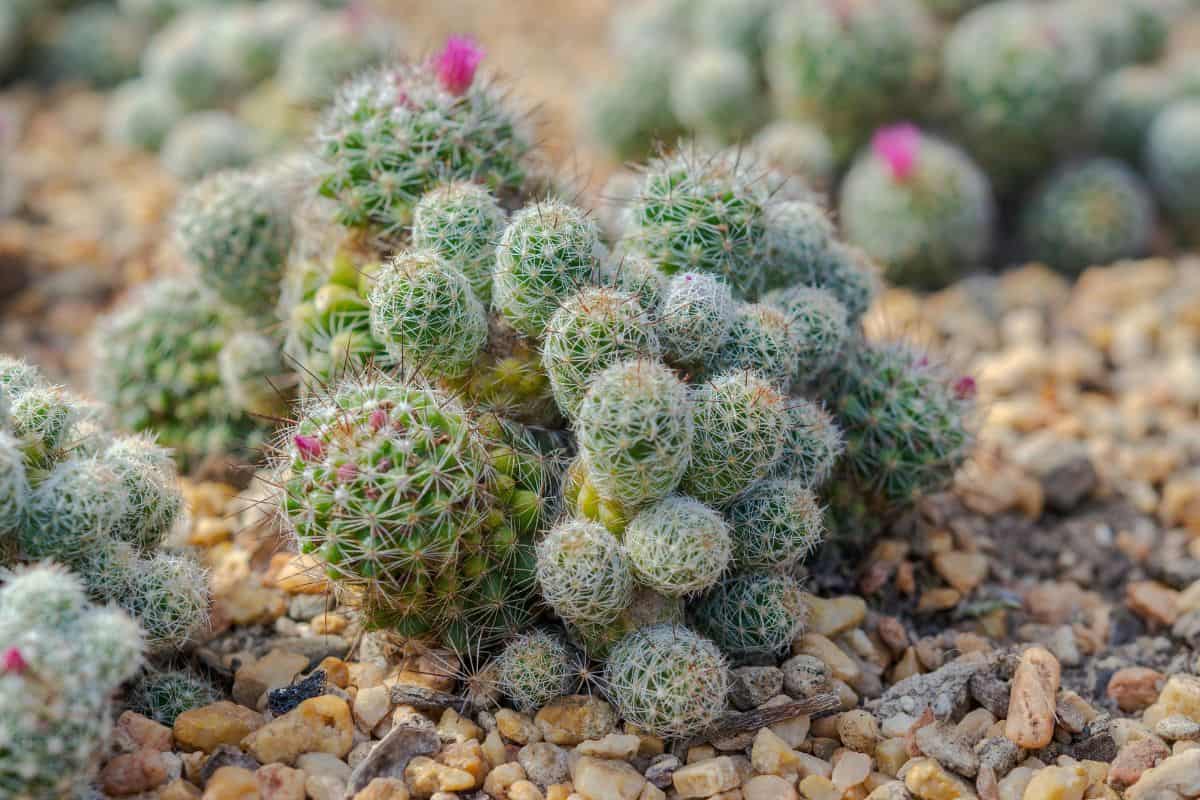
Succulents can be found around the world, typically in dry, arid climates. Most succulents are found in the southwestern United States, Mexico, South America, and southern and west Africa. However, the area of the world that boasts the most succulents is southern Africa. Nearly half of all succulent species originate from southern Africa.
Southern Africa boasts a wide variety of succulents and cacti. From Haworthia to Lithops to Aloe, there are nearly 5,000 species in all. However, most species of cacti growing in the wild in southern Africa are actually invasive species. It has been estimated that around 200 invasive species of cacti have been introduced.
9. Some Succulents Can Survive Freezing Temperatures
Although succulents are well known for being able to survive hot desert climates and long droughts, some species can even survive the freezing temperatures of winter. Winter-hardy succulents can survive cold, rain, and snow, provided that the soil has adequate drainage. Even the toughest succulents can fall victim to root rot if left in moist soil for too long.
The two types of succulent most well-known for their winter-hardy ways are Sempervivum and Sedum. Certain types of Agave and cacti can also survive all but the harshest winter weather. Mountain Crest Gardens has a whole catalog of these durable plants.
10. Succulents Are Symbolic
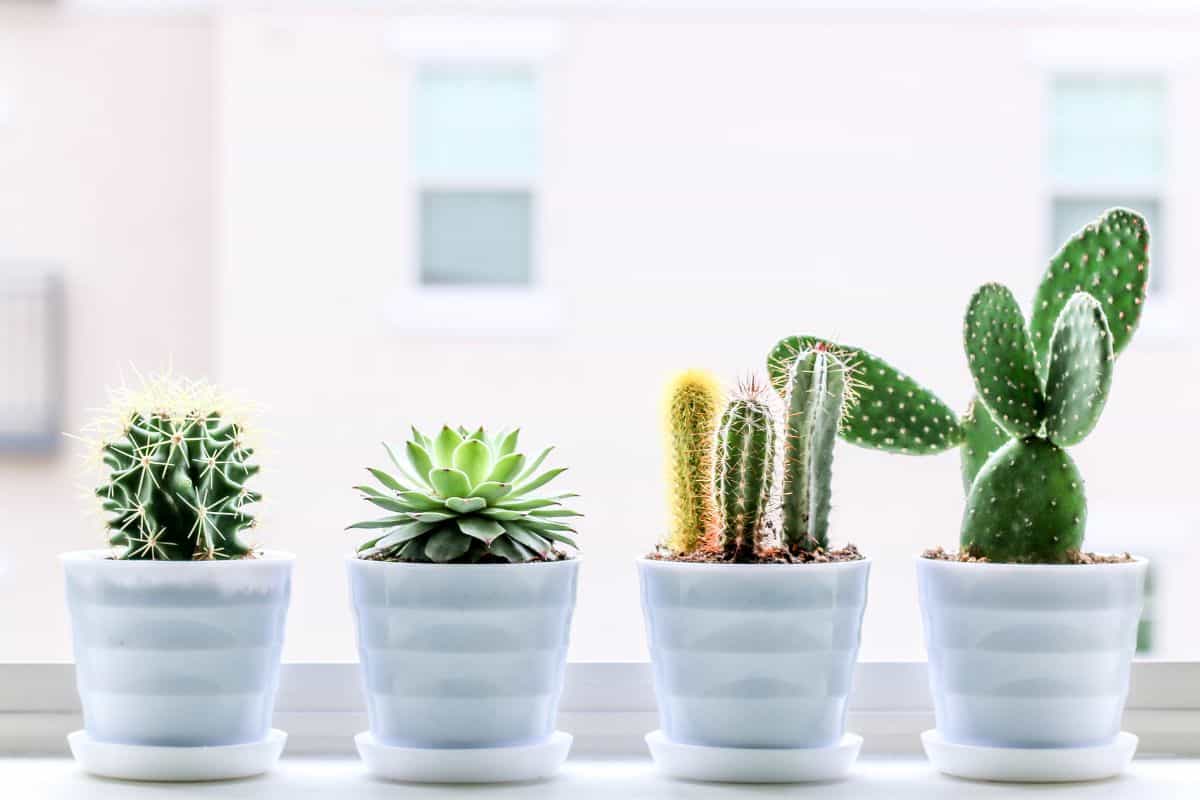
It’s common knowledge that different flowers symbolize different ideas, such as wealth, happiness, and success, but did you know that succulents are symbolic, too? In the western world, succulents often symbolize enduring and timeless love due to their ability to endure difficult conditions.
In Asia, succulents are known to symbolize wealth and prosperity. Jade plants are often referred to as Money Plants because of their reputation of bringing prosperity into a household. Jade plants are also a traditional business gift, in an effort to bring success to the enterprise.
It seems that once you think you know everything there is to know about them, you always learn something new! Since you’re now well on your way to becoming an expert on succulents and cacti, you can quiz your succulent loving friends and impress them with your knowledge!


